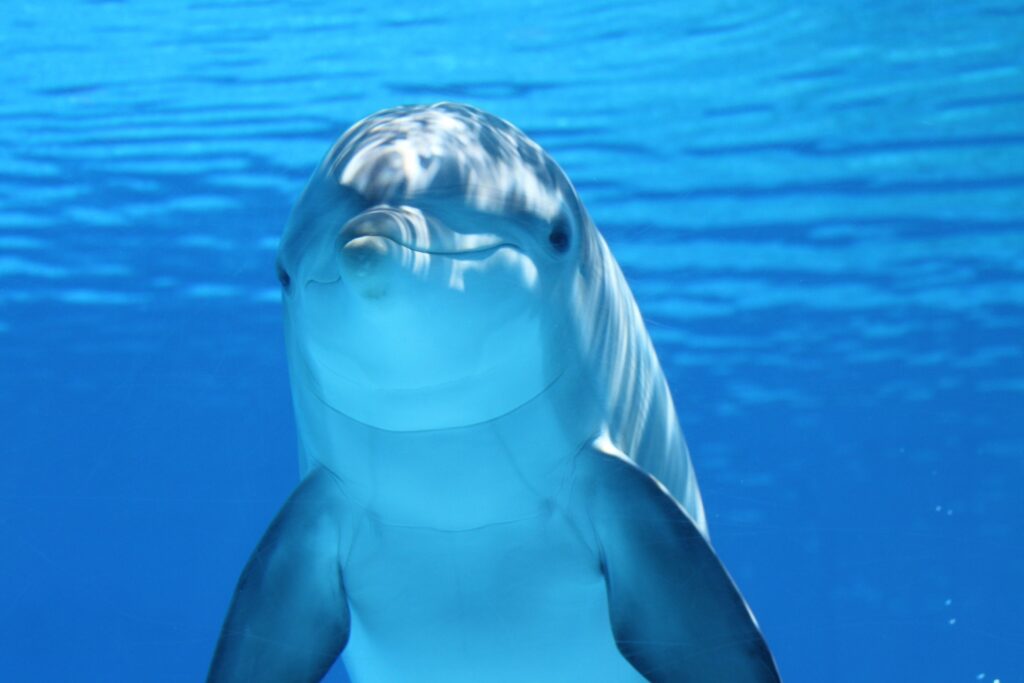
A groundbreaking research initiative has taken a significant step forward in the conservation of the endangered Ganges River Dolphin. For the first time, scientists have successfully tagged an individual dolphin in the Ganges River, employing state-of-the-art tracking technology that promises to shed light on the elusive behaviors and migratory patterns of this iconic freshwater species.
Unveiling the Tagging Initiative
In a carefully orchestrated field operation, conservation biologists collaborated with local wildlife authorities to capture and tag a mature Ganges River Dolphin using minimally invasive techniques. The tagging process, meticulously designed to ensure the dolphin’s health and safety, involved the attachment of a lightweight, water-resistant tracking device. This device will relay critical data—such as movement patterns, diving behavior, and habitat usage—in near real time.
Keywords: Ganges River Dolphin, wildlife research, conservation tagging, tracking technology
Research Aims and Methods
The primary objective of this tagging study is to better understand the life history traits and habitat preferences of the Ganges River Dolphin. By analyzing the telemetry data collected over the coming months, researchers expect to answer several important questions:
- Migration Patterns: How far do these dolphins travel, and what are the critical habitats along their routes?
- Behavioral Insights: What daily and seasonal behaviors are exhibited that could influence conservation strategies?
- Environmental Impact: How do factors like water quality, river traffic, and seasonal flooding affect their survival?
Advanced sensors integrated into the tag gather environmental data, including water temperature and flow rates, which will be correlated with the animal’s movement. The research team believes these insights will inform future conservation policies and river management practices that may mitigate adverse human impacts.
Keywords: migration patterns, behavior study, environmental impact, conservation research
Conservation Implications and Future Prospects
The Ganges River Dolphin, known scientifically as Platanista gangetica minor, is listed as an endangered species, primarily due to habitat degradation, water pollution, and the impact of infrastructural developments on the river system. This study represents a critical effort to acquire the detailed ecological information needed to implement scientifically guided conservation measures. By understanding where and when these dolphins are most vulnerable, local governments and environmental organizations can better coordinate strategies to protect their habitats.
Experts emphasize that the data will play a crucial role in guiding policy decisions for river management, including the regulation of water extraction and pollution control measures. Moreover, the success of this project could pave the way for similar tagging initiatives across other regions where freshwater dolphins reside, enhancing the overall efforts to safeguard biodiversity in river ecosystems.